Burning soles
Burning soles while cycling?So-called plantar burning is caused by high local pressure. The pedal provides only a small contact area between foot and insole. In combination with a shoe that is too soft, the sole can bend around the pedal. This can lead to pain and burning soles, because the pressure is not evenly distributed. Relief is provided by SQlab insoles thanks to their ergonomic shape and cushioning. |
CAUSES for burning soles of the feet while cycling
Burning Soles - bad pressure distribution
CAUSE - high pressure load
due to a small contact surface and support
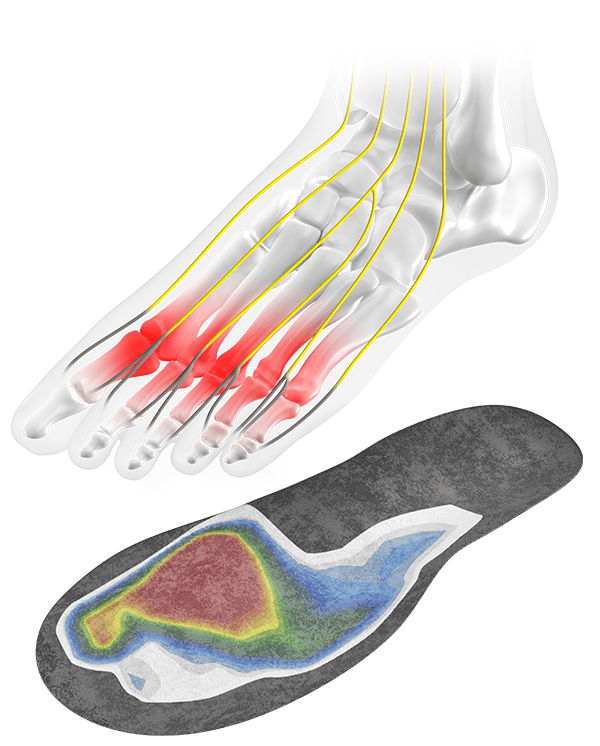
SQlab solution
optimal pressure distribution through insoles
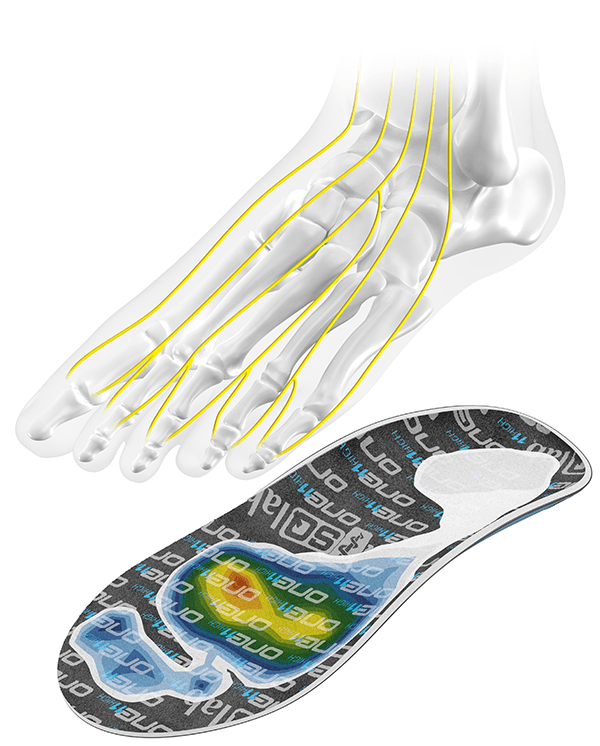
Too much movement, or incorrect placement of the foot causes pressure peaks on the vessels and nerves through the middle foot. Even with a normal foot position muscle fatigue can lead to a sinking of the foot arch and which in turn lead to various problems. Muscle weakness: daily walking in shoes shortens and weakens the long and short foot muscle groups. Corresponding to the various foot types and specific requirements in cycling, we have developed insoles that support the various weaknesses.
Benefits and function of the insoles:
- optimal pressure distribution
- maximized power transmission
- support for the foot arches
- relief of overstressed nerves
Based on the foot type determination and thus according to the different foot types and the special requirements of cycling, we have developed insoles in three different shapes that support the respective weak points of the foot.
| Attention ! Insoles do not make any orthopedic correction to the foot, but distribute the pressure optimally on the pedal. |
Burning soles - Cleat adjustment during cycling
CAUSE - incorrect cleat setting
Cleat presses on sensitive soft tissue and reduces blood flow
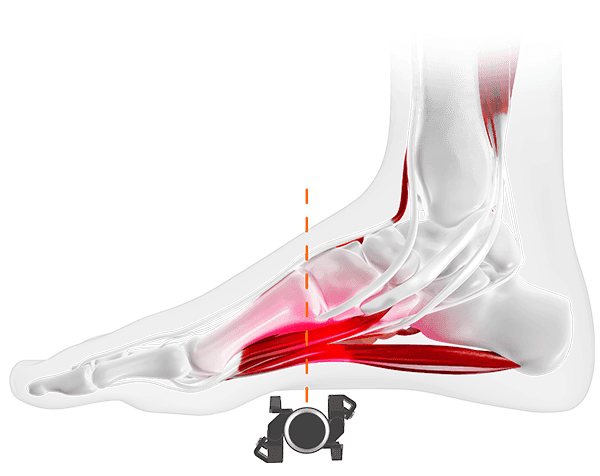
SQlab solution
correct cleat placement under the foot skeleton
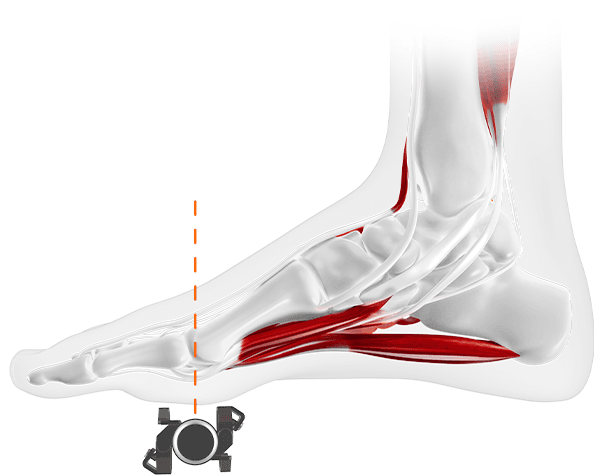
The correct position of the cleats depends on the individual foot skeleton. For pain-free power transmission, they should be mounted on the shoe so that the pedal axis is underneath the metatarsophalangeal joint of the big and the little toe.
Cleats too far back = pain and burning foot soles
IIf the cleat is positioned further back on the shoe, less strain is placed on the calf muscles. However, the pedal can press into sensitive soft tissue and the attachments of the short foot muscles, which in turn can lead to burning pain on the soles of the feet.
Cleats too far forward = numb toes
If the cleat is mounted too far forward, the leverage of the foot increases, putting extra strain on the calf muscles. This leads to faster fatigue of the calf muscles, puts greater strain on the Achilles tendon and higher pressure on the vessels in the toe area, which can lead to numb toes.
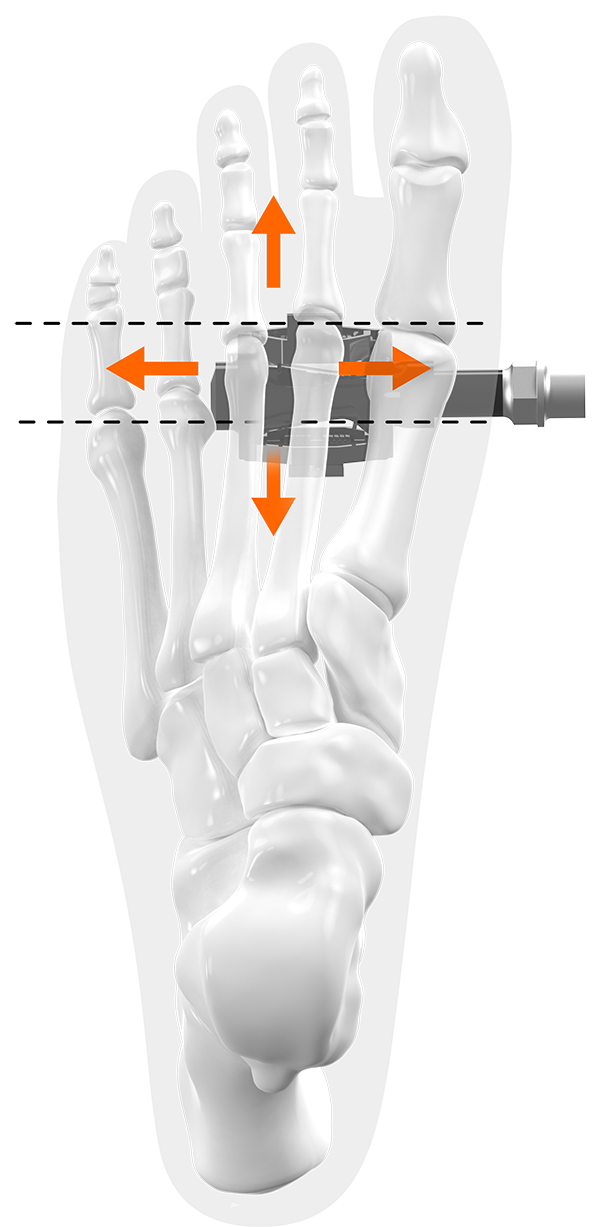




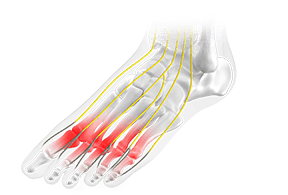
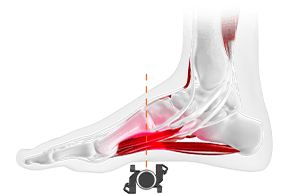
.contact)